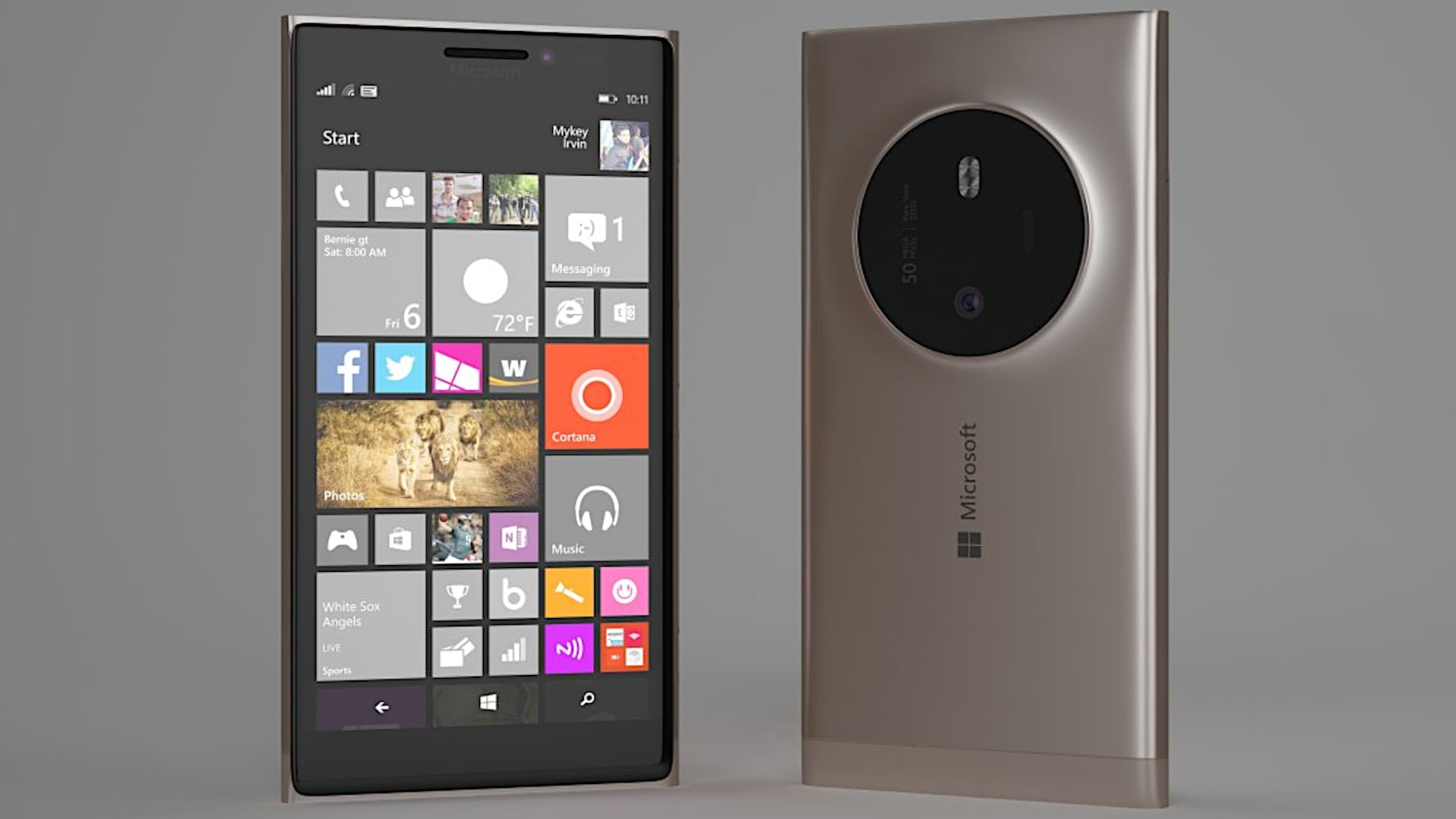In this article, I give you my quick review of the Nokia McLaren with specs included. Today, Windows Mobile is a pretty but hobbled smartphone platform, extensively built for business. But about not long ago, Windows Phone was a family of trailblazing handhelds, with a style you couldn’t find anywhere else.
If you know anything about Windows phones, you can probably see where the inspiration for this design came from.
Remember that phone that AT&T was pushing, the one with the bumblebee paint job and the 41-megapixel camera? That was the Lumia 1020.
And this, well this is what Windows fans might have called, the Lumia 1030. On the hand, it feels like what it looks like: A larger, metal-clad version of the Lumia 1020 with that immense camera crater around back, making things a little awkward, until you get used to it.
The specs are unremarkable for at late 2014 device, which is no surprise. The Windows phone ran very well on even low-end hardware, so there was no reason to spec it out.
And, even though that massive camera suggests some intense obstacle stabilization, the sensor within was not 41 megapixels, but instead somewhere between 21 and 23. And since the camera’s software was never completed on this device, we don’t know anything more about it.
The real stand-out feature of McLaren is its sensor package. Which would have made it a much more exotic Windows Phone than any we’d seen before.
The five-and-a-half-inch display is self-capacitive, which means it detects your finger based on how it changes the charge of the electrodes mounted beneath the glass. That means it’s capable of sensing your finger well before it touches the glass. And that would have made possible, a bunch of new interface options.
This particular phone was programmed with only two. Mixed View lets you hover your finger over a tile and watch it explode into sub-tiles. That is a neat party trick, but in my opinion, not terribly useful.
We saw similar stuff from Sony and Samsung a few years back. Much more impressive to me is the fact that McLaren can sense how it’s being held.
So, if you’re gripping the phone upright and lean it onto its side, it’ll prevent that accidental rotation to keep the software at portrait mode. But if you hold it another way, that tells the phone you want to view things in the landscape, it’ll do that for you. That’s the idea, anyway.
This is pretty really software at its buggiest. And that’s just the tiny taste of the intuitive capabilities Microsoft was cooking up. And might still be working on it.
Some will call this “empty gimmickry”, incapable of ever pushing Windows Phone into relevance. And maybe the latter point is true. To me though, the McLaren stands for more than that. It’s both a landmark to a once-great phone manufacturer and an echo of a Microsoft that once embraced doing things differently.
Boldly striking out in the opposite direction of the competition, not just for the sake of being different, but because in some ways it’s design choices made more sense. And it wasn’t afraid to express that. It’s a shame it didn’t work out.
Windows 10 Mobile, though superior in many ways, still lacks the vibrance and stability of the earlier versions. But I’m glad I got to share with you what might be the last remnant of that exciting era. There’s a lot more to the McLaren, folks. Feel free to share this post.

